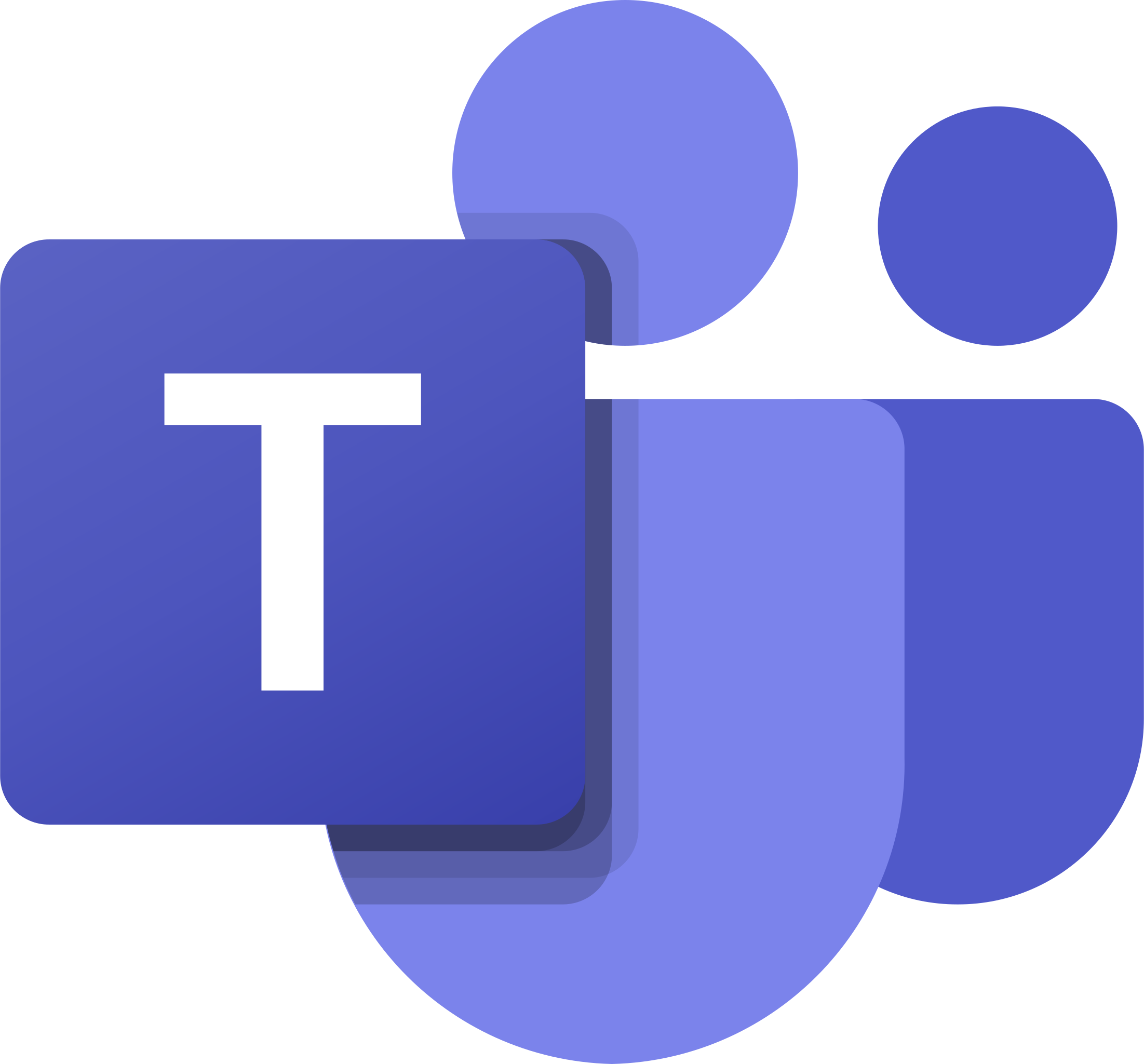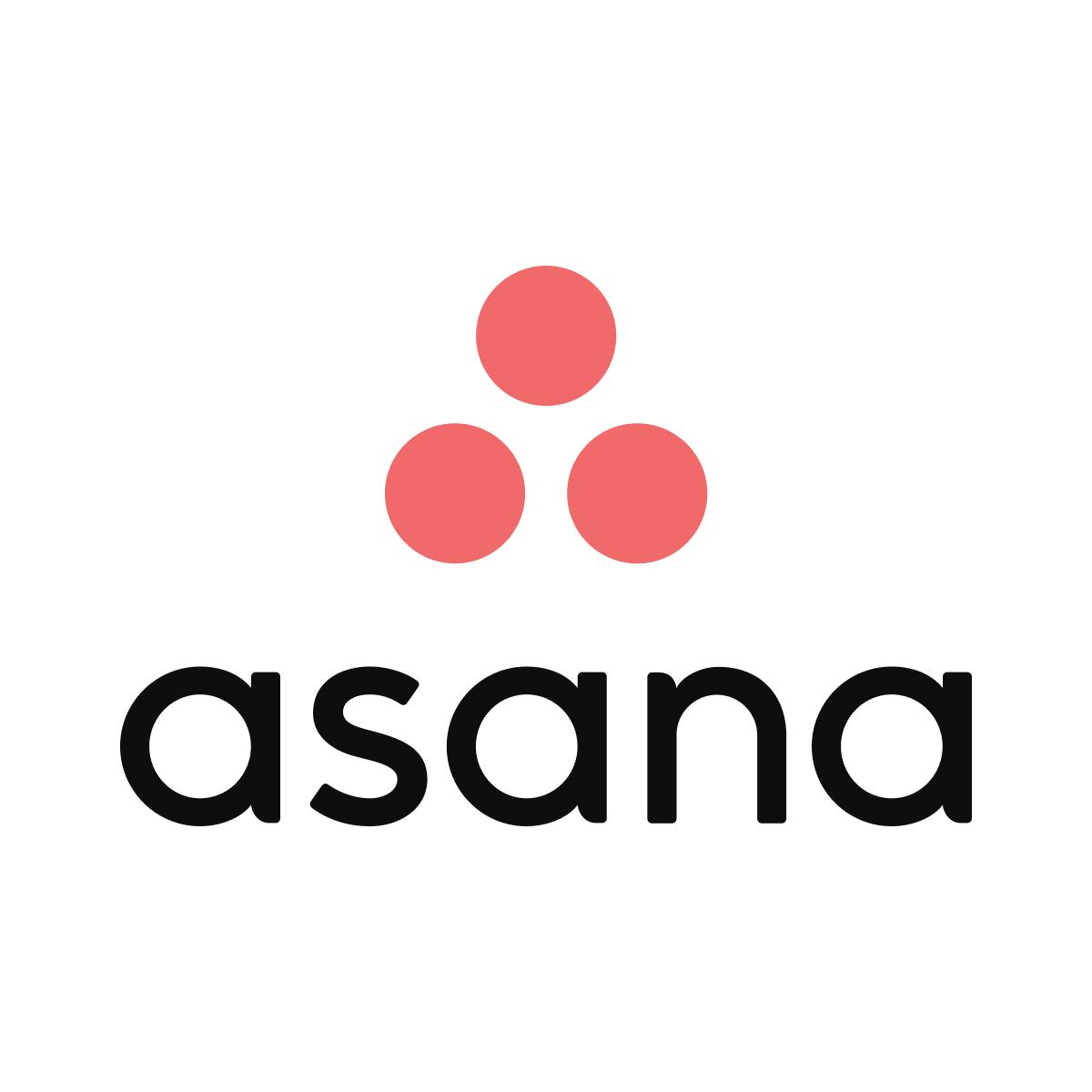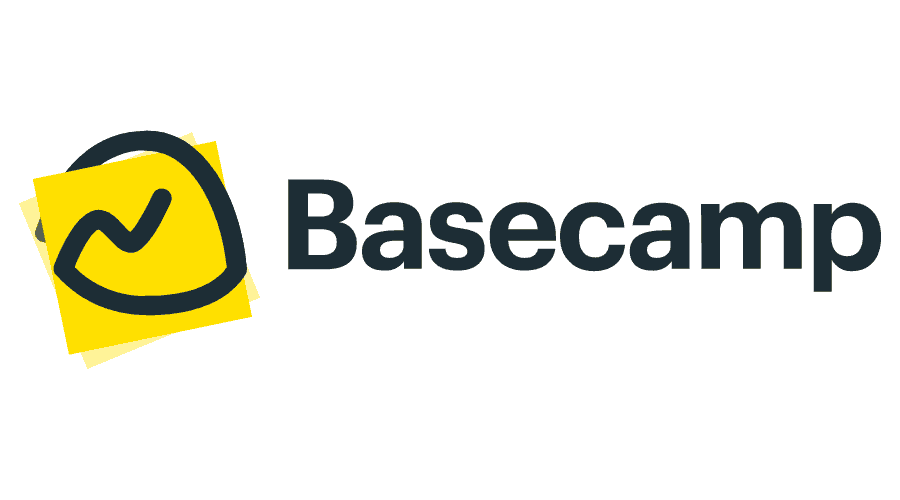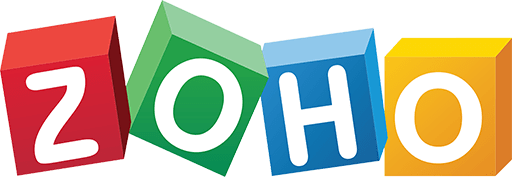Real-time collaboration software is a type of application or platform that allows multiple users to work together on a document or project simultaneously, regardless of their geographical location. This means that people can share ideas, give feedback, and make edits, all in real-time, which greatly improves productivity and efficiency. The software often comes with features such as video conferencing, screen sharing, chat applications, and project management tools. Examples of such software include Google Docs, Slack, and Microsoft Teams. It plays a crucial role in enabling remote work and promoting effective team collaboration.
The Best Products
Realtime Collaboration Software: Our Recommendations
Pick #1: Our Software
ZipDo
ZipDo, a stellar option in the realm of cloud-based Realtime Collaboration Software, revolutionizes team workflow by modifying the traditional approach to meeting notes. This platform facilitates instant note-taking, joint editing, and meshes well with mainstream calendars and productivity tools, proving itself as essential for businesses of all sizes.
One of its hallmark features is its ability to take notes in real time. This makes sure everyone in the meeting is on the same wavelength, thus negating tedious rounds of manual note dissemination. Following a meeting, participants can conveniently edit and supplement notes so that they’re always current.
At ZipDo, note organization is a breeze. Users can categorically sort their notes into specific channels or folders. Furthermore, the platform’s search-friendly notes refine efficiency by providing rapid access to particular data without the hassle of scrolling or manual lookup.
Secured note sharing is another strong suit of ZipDo. Its granular access control feature ensures that the exchange of information with colleagues, clients, or partners is always secure. Additionally, its integration with calendars makes for automated shared note creation for each meeting, conveniently leaving out manual entry.
To wrap up, ZipDo is an intuitive and feature-rich platform that significantly enhances team productivity, collaboration, and the handling of projects. Its prompt note-taking, cooperative editing, convenience in organization, quick search, secure sharing, and seamless integrations make it a unique tool for meeting management. More so, it guarantees efficient project advancement.
Pick #2
Slack.
Slack is a real-time collaboration software designed to enhance communication and improve productivity within an organization or team. It provides a streamlined platform where team members can create different channels for various projects, share files, and send direct messages to one another instantly, improving traffic management and ensuring everyone is updated on tasks and projects. Its integration feature also allows users to link other tools and software like Google Drive, Dropbox, Trello, and Github, among others, enabling all pertinent data to be centralized in one location for easy access and reference.
Pick #3
Microsoft Teams.

Microsoft Teams, a product of Microsoft, is a real-time collaboration tool designed to streamline internal communication within organizations and enhance overall productivity. This software offers a centralized platform where users can effectively conduct, schedule, and document team meetings, engage in instant messaging, and share and collaborate on files simultaneously. Leveraging its real-time co-editing feature, team members can efficiently collaborate to complete their tasks. Furthermore, its robust integration system allows it to seamlessly function with various Microsoft Office applications, as well as other third-party applications, escalating the convenience of task execution within the team. Teams also includes video conferencing capabilities, making remote teamwork easier than before.
Pick #4
Trello.

Trello is a renowned real-time collaboration software that provides a shared platform for teams to coordinate, manage, and track their tasks and projects. Using a system of boards, lists, and cards, teams can streamline workflow, assign tasks, set deadlines, and keep progress status visible in real time. Its user-friendly interface and dynamic features make it appealing to teams worldwide. Trello’s integration capability with other apps and its cloud-based nature promotes transparency, accountability, and efficiency in work environments, making it an indispensable tool for productive team collaboration.
Pick #5
Google Workspace.

Google Workspace, formerly known as G Suite, is a cutting-edge, cloud-based suite of productivity tools from Google. As a Realtime Collaboration Software, it facilitates seamless collaboration and productivity amongst teams by offering applications like Gmail, Docs, Sheets, Slides, and many more. It enables team members to work on documents simultaneously in real time, share files effortlessly, conduct virtual meetings through Google Meet, and synchronize their work across devices. Its intelligent search capabilities, tight security measures, and extensive administrative control provide a conducive environment for consolidated, efficient, and secure collaborative work.
Pick #6
Asana.

Asana is a highly recognized real-time collaboration software used to streamline team-based work management. It facilitates project management by allowing team members to track their tasks and deadlines, communicate about work details, share files, and monitor the overall project progress all from a single platform. Its real-time capabilities mean that updates are instantly reflected ensuring everyone has the most current project information, thereby encouraging transparency, reducing miscommunication, and enhancing productivity across the team. Asana is accessible from multiple devices, thus enabling teams to collaborate effectively, irrespective of their physical location.
Pick #7
Basecamp.

Basecamp is a realtime collaboration software that streamlines project management and team communication. It offers integrated tools for task assignments, messaging, document sharing, and scheduling, thereby enabling real-time collaboration within and across teams. It is geared towards remote work and distributed teams, as it brings all project-related communication together in one place, minimizing the need for emails and meetings. With features like message boards, to-do lists, group chat, and file storage, Basecamp enhances productivity by ensuring everyone is on the same page about tasks and deadlines, regardless of their location.
Pick #8
Zoho Projects.

Zoho Projects is a comprehensive real-time collaboration software designed to enhance project management efficiency. It facilitates real-time interaction among team members, regardless of their physical location, allowing for seamless communication, task assignment, document sharing, and status updates. The tool serves as a centralized hub for brainstorming, problem-solving, and decision-making, mutually reinforcing transparency and productivity. Advanced features such as time tracking, Gantt charts, and integrated chat ensure that project schedules are maintained and that every team member has up-to-date project information. This leads to a well-structured, better managed, and more collaborative project environment.
Pick #9
ClickUp.

ClickUp is a comprehensive, cloud-based productivity platform that functions as a real-time collaboration software. It enables teams to plan, organize, and collaborate on projects in real-time, thereby optimizing productivity and work transparency. With its array of features like task and project management, time tracking, goal setting, and documentation, team members can coordinate seamlessly, reduce miscommunication, and stay on the same page. Tools for real-time editing, commenting, and task assigning empower smoother and faster workflow while decreasing bottlenecks, making ClickUp a vital tool for efficient team collaboration.
Pick #10
Monday.

Monday.com is a cutting-edge Realtime Collaboration Software that enables teams to manage tasks, projects, and workloads in a highly customizable and collaborative online environment. It offers various tools like to-do lists, time-tracking features, Gantt charts, scheduling capabilities, reporting tools, and more. This platform promotes transparency and productivity in firms by providing real-time updates and easy access to project status, task allocation, and individual workload. Monday.com is designed to facilitate smooth communication, improved efficiency, and seamless project management in businesses of all sizes.
Pick #11
InVision.

InVision is a comprehensive prototyping tool widely used in designing user interfaces for mobile applications and digital interactive products. As a real-time collaboration software, it provides a unified platform for designers and stakeholders to work together seamlessly. It allows for instantaneous feedback, discussion, and modification of prototypes, which facilitates a cooperative design process. Moreover, its real-time design function allows team members to work on the same design simultaneously, ensuring projects keep moving forward in a streamlined manner, reducing time spent on feedback loops, and promoting faster design-iteration. It is a pivotal tool in facilitating effective and efficient collaboration between design and development teams.
Realtime Collaboration Software: Key Features
One of the hallmark features of real-time collaboration software is its ability to facilitate seamless, instantaneous communication among team members, regardless of their physical locations. This capability ensures that conversations, brainstorming sessions, and decision-making processes can happen in the moment, mirroring in-person collaboration. Such software typically includes features like chat, video conferencing, and simultaneous document editing, allowing participants to interact and exchange ideas as if they were in the same room. The immediacy provided by these tools can dramatically enhance productivity, streamline workflows, and foster a more connected and dynamic work environment.
Another key feature of real-time collaboration software is its comprehensive file sharing and management system. This allows users to easily share, access, and work on documents and projects together, in real time, without the hassle of endless email attachments or the risk of version control issues. Version history, access permissions, and real-time notifications keep everyone on the same page, ensuring that team members are always working with the most up-to-date information. This integrated approach not only improves efficiency but also significantly reduces the potential for miscommunication and errors, leading to a smoother, more cohesive collaboration experience.
Buying Criteria
Choosing the right realtime collaboration software necessitates a comprehensive understanding of your team’s specific requirements and workflows. Start by evaluating the size of your team and the complexity of your projects to ensure the software can support everyone effectively without unnecessary complications. Consider the types of collaboration that are most frequent in your operations, such as document sharing, simultaneous editing, or real-time communication. Prioritize software that offers seamless integration with tools your team already uses, reducing the learning curve and enhancing productivity from day one.
Furthermore, examine the software’s security features to protect your team’s data and privacy, a critical aspect often overlooked in the selection process. The ideal software should offer customizable access controls and end-to-end encryption, ensuring that sensitive information remains confidential. Additionally, scalability is key; as your team or project requirements grow, the software should be able to accommodate these changes without hindering your workflow. Lastly, consider the customer support and training resources provided by the software vendor, as responsive support and comprehensive learning materials can vastly improve the user experience and smooth out any transitional bumps.
Benefits
Investing in real-time collaboration software can dramatically enhance efficiency and productivity in environments where teamwork is essential and time-sensitive projects are the norm. This is particularly relevant for teams that are geographically dispersed or those that embrace remote work. When projects demand constant updates, immediate feedback, and collaborative editing, this type of software becomes invaluable. It consolidates communication, streamlines processes, and fosters a dynamic workspace that can significantly boost project momentum and team synergy, making it a wise investment for businesses aiming for agility, innovation, and faster turnarounds.
On the other hand, it might not make sense to invest in real-time collaboration software for smaller teams or projects that do not require instant communication and collaboration. In scenarios where tasks are mostly independent or the scale of collaboration is minimal, conventional tools might suffice without the extra expenditure. Additionally, for organizations that prioritize deep work or have a culture that values uninterrupted focus over immediate responsiveness, the constant notifications and potential distractions posed by real-time collaboration tools could counteract productivity, making them an unnecessary investment. In these contexts, the traditional methods of communication and project management might still hold the upper hand in fostering efficiency and effectiveness.
Popular Questions
What is Realtime Collaboration Software?How does Realtime Collaboration Software work?What are some examples of Realtime Collaboration Software?How is security handled in Realtime Collaboration Software?Can Realtime Collaboration Software improve productivity?
Realtime Collaboration Software, also known as collaborative software or groupware, is a technology designed to help people involved in a common task to achieve their goals and communicate in real time. Such software often includes a variety of tools such as shared calendars, chat features, video conferencing, file sharing, and collaborative real-time editing features.
Realtime collaboration software works by allowing multiple users to log in to a shared platform and interact with each other in real time. This can range from text-based chats, audio or video conferences, to collaborating on the same documents or tasks. Changes made by any participant are immediately reflected for other users to see and respond to, thus promoting seamless collaboration.
Some common examples of Realtime Collaboration Software include Microsoft Teams, Google Workspace, Slack, Trello, and Asana. These tools all provide platforms that allow for real time communication and collaboration between team members, no matter where they are located.
Security in Realtime Collaboration Software can be handled in several ways. Authorization and access control mechanisms are usually put in place to ensure that only authorized users have access to shared information. Also, most providers use encryption to protect the data in transit and at rest. It’s important that users ensure they are using trusted software with robust security features to protect their data.
Yes, Realtime Collaboration Software can greatly enhance productivity. It helps teams to communicate in an instant, make decisions faster, work on tasks simultaneously, and build a strong workflow. On top of that, they often come with features that provide project management and tracking systems, which helps keep tasks organized and improve overall efficiency.


